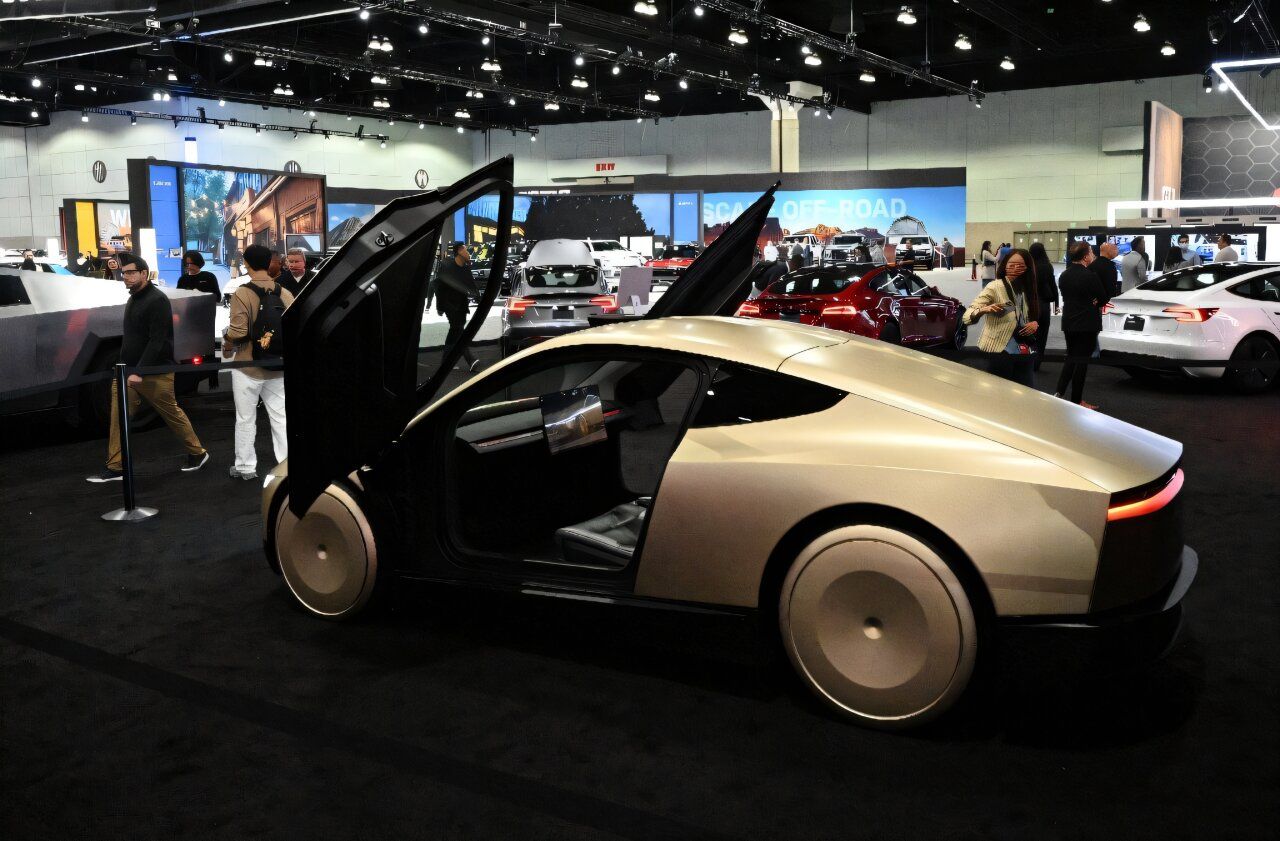
Credit: Tech Xplore
AUSTIN, Texas — As Tesla prepares to launch its first Robotaxi service in Austin this week, experts and regulators are raising alarms about whether the vehicles are truly road-ready.
The service, announced by CEO Elon Musk, will start small with as few as 10 autonomous vehicles operating in limited areas. Yet specialists warn that only long-term, real-world driving will prove their safety. “Success is no crashes and no serious mishaps for the rest of the year, at least,” said Phil Koopman, an engineering professor at Carnegie Mellon University.
 Credit: Fortune
Credit: Fortune
Tesla’s approach stands apart from rivals like Waymo, which uses radar and lidar sensors to enhance safety. Musk has rejected those technologies, relying solely on cameras and a new, largely untested software system.
 Credit: Tesla or AFP via Getty Images
Credit: Tesla or AFP via Getty Images
The rollout comes amid ongoing federal scrutiny of Tesla’s driver-assistance software, blamed for hundreds of crashes, and just as Texas lawmakers consider new rules requiring permits for robotaxi operators. Local Democrats have asked Tesla to delay the launch until September, but the company has not responded.
 Credit: Le Guide de l'auto
Credit: Le Guide de l'auto
Though Musk has made bold predictions about autonomous Teslas for years, this marks the company’s first public attempt. Safety experts say cautious, small-scale testing is wise but the real test will come over millions of miles on public roads.
 Credit: Guide Auto
Credit: Guide Auto
The road ahead is uncertain, follow The Mekong Times for what matters most in tech, safety, and public trust.